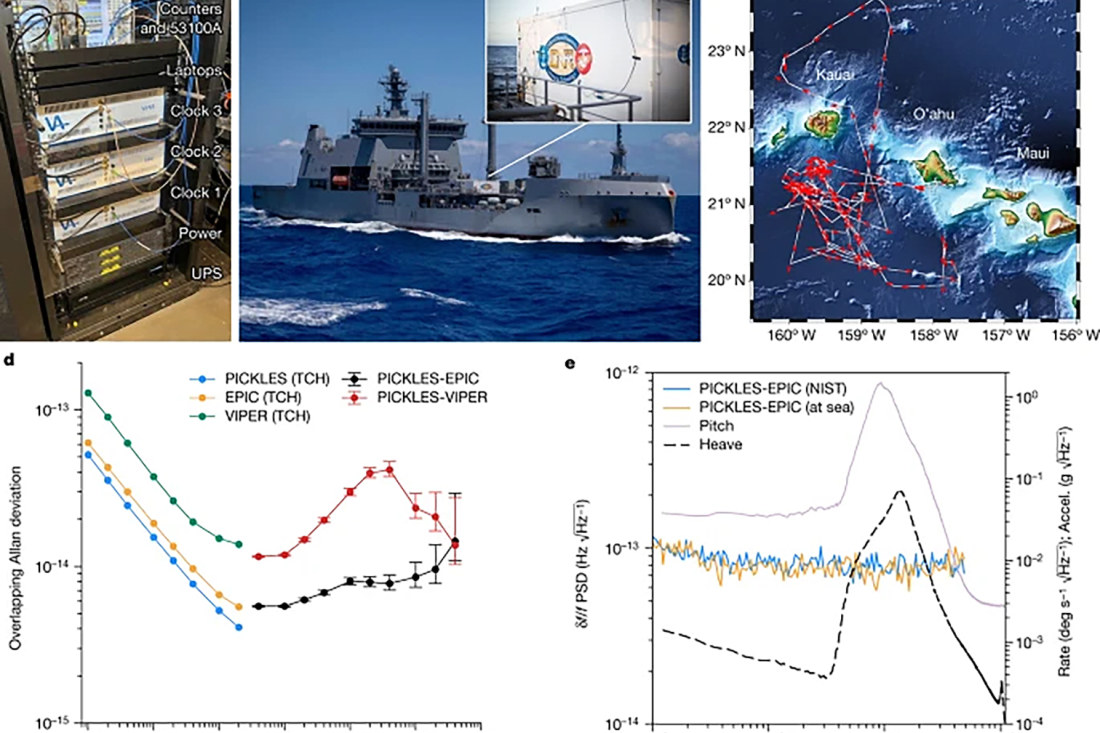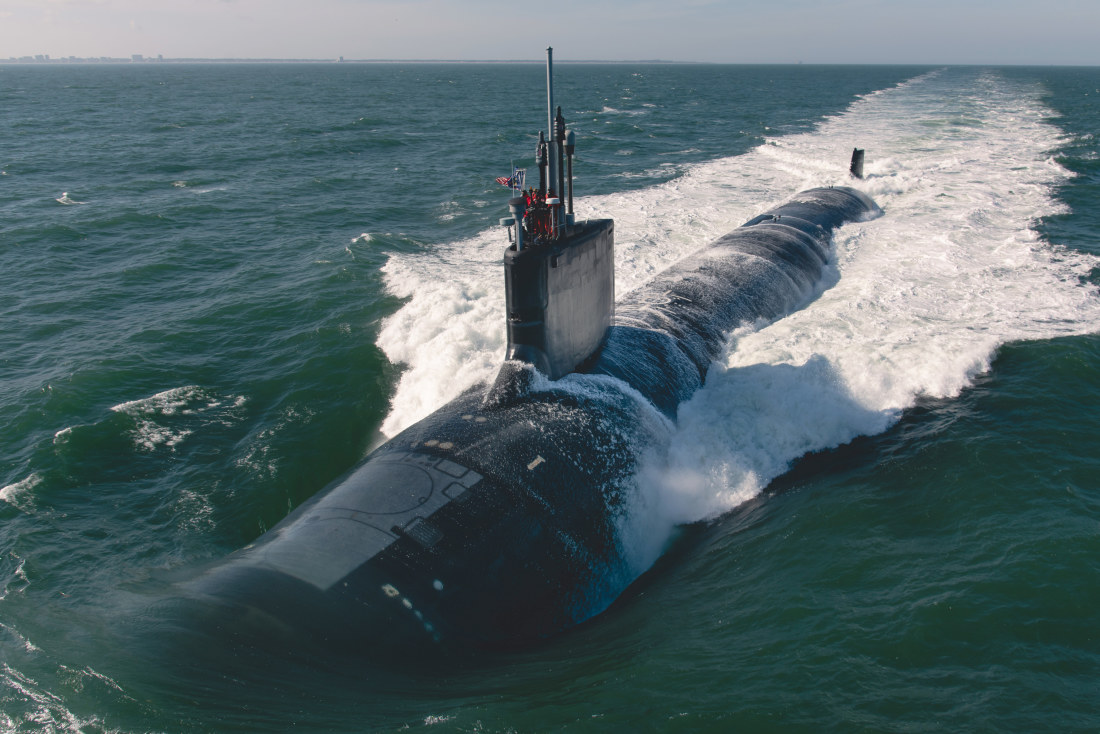Folks interesting article in this weekend's AFR - which provides some new insight into why PSI Quantum might have received such a substantial investment from Aus Government (which seems an awfully big & thus risky bet on a single technology/player). I don't believe its because PSI Quantum's technology was superior or more advanced - but rather that they are pursuing building the entire Quantum Computer (versus Archer just focusing on the chips for a Quantum computer). I actually believe (assuming successful) our chips may well end up proving superior to many competing technologies, given their proven ability to operate at room temperature (compared to at near absolute zero) without quantum degradation/interference.
The article also sheds some possible light on why such a vast sum of tax-payer dollars might have been invested with what seems like such secrecy & lack of transparency & due process one would normally expect.
My takeaway is PSI's tech was supported for a very specific use, and I have no doubt if we continue to prove up our tech it may well attract similar material backing from government &/or foreign interest from large commercial tech players in countries with like-minded governments.
PsiQuantum: Why AUKUS may be the missing piece in the quantum computing puzzle (copyright link)The real reason for spending $1b on PsiQuantum
Asmall box sitting in a Conex shipping container on a New Zealand navy supply vessel off Hawaii may be the answer to why Australia has decided to get its own quantum computer in a commercial partnership with little-known company PsiQuantum.
Inside the box – loaded on to the HMNZS Aotearoa – were three quantum clocks and several atomic sensors.
Australian officials were among a group of Five Eyes intelligence allies who observed whether the boxes could reliably plot the ship’s navigational path as it sailed for three weeks as part of the 2022 PACRIM navy exercise.
Modern ships and planes and their high-tech weaponry are heavily reliant on satellite GPS. Defence planners have long worried how vulnerable military information systems are to GPS being taken out by an adversary.
The Hawaii demonstration proved a navy ship could sail without GPS assistance in real-world maritime conditions, prompting US Air Force researchers to declare quantum-based navigation was likely to be ready for the real world within three to five years.
GPS doesn’t work underwater, and the same tech could be equally revolutionary for next-generation submarines. Hello AUKUS.
Noting the Five Eyes clock trial, the same researchers from the Mitchell Institute for Aerospace Studies in the US earlier this year released three major papers calling for the US to work with its allies through the AUKUS agreement to fast-track quantum defence capability.
Quantum clocks and sensors on board New Zealand ship HMNZS Aotearoa during RIMPAC 2022 and data from the trial. Nature: Roslund
“AUKUS is more than nuclear submarines” says the institute’s senior resident fellow and defence expert Heather Penney. “This second AUKUS initiative could prove far more transformational than Pillar One (the nuclear subs program).”
Penney is not just another researcher. She is one of two airforce pilots who were ordered to down United Flight 93 that was bound for Washington during the 9/11 terrorist attacks in 2001.
Her plane never had time to be properly armed, so Penney knew she was on a suicide mission to ram the United jet, before passengers forced it to crash in nearby Pennsylvania.These days, she is deep into quantum, noting that Australia and the UK punch well above their weight when it comes to the type of quantum research the US must tap if it is to compete against the Chinese.
Penney says AUKUS provides the high-level agreement and alignment needed for the US to effectively collaborate with its Australian and UK partners. She also notes a bill before Congress would, if passed, enable the US to share sensitive military IP with its AUKUS partners, helping to “tear down the firewalls that now prevent cross pollination”.
It is Penney’s observation about the need for direct investments in quantum that is perhaps most informative. And points to why Australia has made its big bet on having its own photonic quantum computer.
She says the small-scale nature and research focus of the current quantum industrial structure means it will only rapidly develop if defence agencies directly “buy” (her emphasis) quantum technologies.
Next-gen submarine tech
Penney notes that navigation and sensor technologies were part of an early suite of quantum capabilities that will emerge well before large scale quantum computing.
The sensor tech is where Australia has a real strategic interest.
In a paper developed last year for the Australian Defence Force, former US submariner and Navy strategist Bryan Clark noted that the cost benefits and long-range capacity of robotic underwater vehicles, known as UUV’s, mean they are likely to be a “central feature” of any electronic battlefront.
“In our work with the ADF, uncrewed systems is by far the most prominent new technology they are pursuing,” he told US media outlet Breaking Defense in January.
The US and its allies have long had remote-sensing underwater drones in various strategic hotspots in the world’s oceans, including the western Pacific and the highly contested South China Sea.
AI algorithms are already helping to sift through the noise to find the signals submariners are looking for. But this will need to be taken to a new level to sort out the enormous data quantum sensors throw off. US Navy
These UUVs are slow-moving compared with modern subs, so they can be evaded relatively easily. But as Clark observed, quantum sensors, similar to those tested on the Aotearoa, are highly sensitive to any noise, offering a major lift in surveillance capability.
AI algorithms are already helping to sift through the noise to find the signals submariners are looking for. But this will need to be taken to a new level to sort out the enormous data quantum sensors throw off.
That work is now central to Australia’s ambitions, after Defence Minister Richard Marles signed off on a joint technology program with the AUKUS partners in December. It explicitly included “artificial intelligence algorithms and machine learning to enhance force protection, precision targeting, and intelligence, surveillance and reconnaissance”.
The same document also committed the allies to accelerate the development of quantum technologies for positioning, navigation, and timing in military capabilities.
Upstate New York to Brisbane
The US airforce and its storied lab in upstate New York have been spearheading much of the US military quantum play.
Senate Majority Leader Chuck Schumer won $US25 billion of funding in 2022 for a three-way joint venture between the airforce lab, chip maker GlobalFoundries, and yes, you guessed it, PsiQuantum.
The work is focused on making chips using GlobalFoundries’ photonic chip technology, also located nearby the Rome, New York, airforce lab.
Clearly, in the event of conflict in the Indo-Pacific, Australia will need to have mature quantum infrastructure located on its own soil. This helps explain why the promised large-scale, error-free quantum computer is to be located in Brisbane.
Prime Minister Anthony Albanese and Treasurer Jim Chalmers pointed to months of cabinet-level technical and legal meetings before agreeing to the extraordinarily audacious play of offering $1 billion to lure PsiQuantum to build the world’s first fault-tolerant large-scale quantum computer in Australia.
Despite pledges to make the Made in Australia program fully accountable, none of that selection process is publicly available, leaving the whole project shrouded in secrecy.
The military quantum play explains why that is so, and looks to be the missing piece in the puzzle of how a little-known US company got almost a billion dollars from the Australian taxpayer.
- Forums
- ASX - By Stock
- What is happening
Folks interesting article in this weekend's AFR - which provides...
- There are more pages in this discussion • 49 more messages in this thread...
You’re viewing a single post only. To view the entire thread just sign in or Join Now (FREE)
Featured News
Add AXE (ASX) to my watchlist
 (20min delay) (20min delay)
|
|||||
|
Last
36.0¢ |
Change
-0.005(1.37%) |
Mkt cap ! $91.74M | |||
| Open | High | Low | Value | Volume |
| 36.0¢ | 38.0¢ | 35.0¢ | $116.0K | 316.0K |
Buyers (Bids)
| No. | Vol. | Price($) |
|---|---|---|
| 3 | 29387 | 36.0¢ |
Sellers (Offers)
| Price($) | Vol. | No. |
|---|---|---|
| 38.0¢ | 13631 | 1 |
View Market Depth
| No. | Vol. | Price($) |
|---|---|---|
| 3 | 29387 | 0.360 |
| 3 | 17805 | 0.355 |
| 7 | 55728 | 0.350 |
| 3 | 17369 | 0.345 |
| 3 | 15885 | 0.340 |
| Price($) | Vol. | No. |
|---|---|---|
| 0.380 | 13631 | 1 |
| 0.390 | 11459 | 2 |
| 0.395 | 36687 | 1 |
| 0.400 | 37991 | 5 |
| 0.410 | 8075 | 3 |
| Last trade - 16.10pm 17/06/2024 (20 minute delay) ? |

|
|||||
|
Last
37.5¢ |
Change
-0.005 ( 2.74 %) |
||||
| Open | High | Low | Volume | ||
| 35.5¢ | 38.0¢ | 35.0¢ | 144109 | ||
| Last updated 15.57pm 17/06/2024 ? | |||||
Featured News
| AXE (ASX) Chart |
The Watchlist
LPM
LITHIUM PLUS MINERALS LTD.
Simon Kidston, Non Executive Director
Simon Kidston
Non Executive Director
SPONSORED BY The Market Online







